Filter by

Nature-Based Solutions to Climate Change Adaptation in Urban Areas : Linkages…
This book brings together research findings and experiences from science, policy and practice to highlight and debate the importance of nature-based solutions to climate change adaptation in urban areas. Emphasis is given to the potential of nature-based approaches to create multiple-benefits for society. The expert contributions present recommendations for creating synergies between ongoing po…
- Edition
- -
- ISBN/ISSN
- 978-3-319-56091-5
- Collation
- XI, 342 halaman
- Series Title
- Theory and Practice of Urban Sustainability Transitions
- Call Number
- 307 NAT
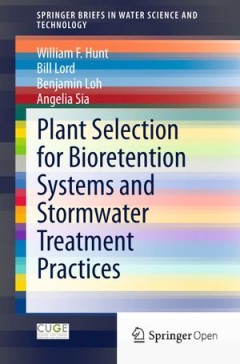
Plant Selection for Bioretention Systems and Stormwater Treatment Practices
As cities develop, more land is converted into impervious surfaces, which do not allow water to infiltrate. Careful urban planning is needed to ensure that the hydrologic cycle and water quality of the catchment areas are not affected. There are techniques that can attenuate peak flow during rain events and reduce the amount of metals, nutrients, and bacteria that enter the urban water cycle. T…
- Edition
- -
- ISBN/ISSN
- 978-981-287-245-6
- Collation
- VII, 59 halaman
- Series Title
- Springer Briefs in Water Science and Technology
- Call Number
- 551 HUN p
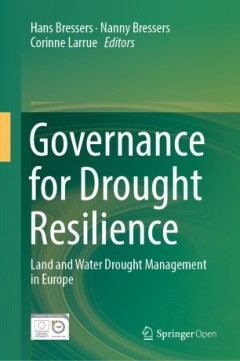
Governance for Drought Resilience : Land and Water Drought Management in Europe
This book presents the findings of a team of scientists and practitioners who have been working on the project “Benefits of Governance in Drought Adaptation” (in short: the DROP project), which is included in the European Union’s INTERREG IVB NWE programme. The DROP governance team developed a Governance Assessment Tool (GAT), which allows the governance setting of a given region for plan…
- Edition
- -
- ISBN/ISSN
- 978-3-319-29671-5
- Collation
- XVII, 256 halaman
- Series Title
- -
- Call Number
- 628 GOV

Sustainable Territorial Management
Human development has made remarkable social and economic progress possible for most of us but has also entailed a range of serious impacts on natural resources, local communities and the economy at multiple scales. Thus, achieving sustainable territorial management that combines healthy and prosperous societies with the long-term maintenance of biodiversity and productive ecosystem services re…
- Edition
- -
- ISBN/ISSN
- 978-3-03897-213-6
- Collation
- -
- Series Title
- -
- Call Number
- 307 SUS
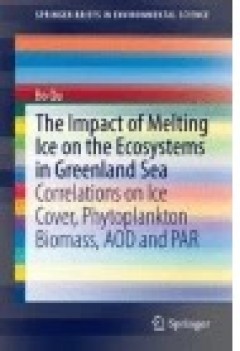
The Impact of Melting Ice on the Ecosystems in Greenland Sea
Arctic marine ecosystems are largely impacted by changes associated with global warming. The sea ice in Greenland Sea plays an important role in regional and global climate system. The book investigate the relationships between phytoplankton biomass, measured using remotely sensed chlorophyll-a (CHL), aerosol optical depth (AOD) and sea-ice cover (ICE) in the Greenland Sea (20°W-10°E, 65-85°…
- Edition
- -
- ISBN/ISSN
- 978-3-642-54498-9
- Collation
- X, 86
- Series Title
- SpringerBriefs in Environmental Science
- Call Number
- -
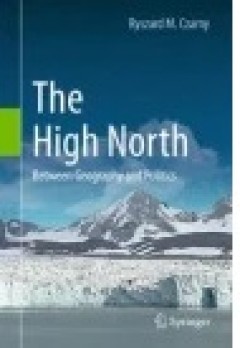
The High North
This book deals with the transformation of the Arctic from an isolated or a distant region to a member of the global community, vulnerable to global changes, and an area frequently in the very center of the world’s attention. Increased global interest is a potential source of tensions between the need for exploration or exploitation, and the requirements of protection. This context calls for …
- Edition
- -
- ISBN/ISSN
- 978-3-319-21662-1
- Collation
- XVIII, 244
- Series Title
- -
- Call Number
- -

Microbial Degradation of Synthetic Dyes in Wastewaters
Today synthetic dyes are used extensively in the textile dyeing, paper printing, color photography, pharmaceuticals, food and drink, cosmetic and leather industries. As of now, over 100,000 different dyes are available, with an annual production of over 700,000 metric tons. These industries discharge an enormous amount of colored effluents into natural water bodies, with or without treatment. T…
- Edition
- 1
- ISBN/ISSN
- 978-3-319-10941-1
- Collation
- XIV, 367
- Series Title
- Environmental Science and Engineering
- Call Number
- -
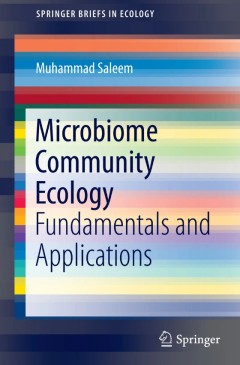
Microbiome Community Ecology
This book reviews the mechanisms, patterns, and processes that regulate prokaryotic diversity through different habitats in the context of evolutionary and ecological hypotheses, principles, and theories. Despite the tremendous role of prokaryotic diversity in the function of the global ecosystem, it remains understudied in comparison to the rest of biological diversity. In this book, the autho…
- Edition
- 1
- ISBN/ISSN
- 978-3-319-11664-8
- Collation
- VIII, 152
- Series Title
- SpringerBriefs in Ecology
- Call Number
- -
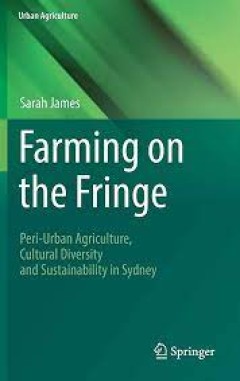
Farming on the Fringe Peri-Urban Agriculture, Cultural Diversity and Sustain…
This volume offers a new perspective to debates on local food and urban sustainability presenting the long silenced voices of the small-scale farmers from the productive green fringe of Sydney’s sprawling urban jungle. Providing fresh food for the city and local employment, these culturally and linguistically diverse farmers contribute not only to Sydney’s globalizing demographic and cultur…
- Edition
- -
- ISBN/ISSN
- 978-3-319-32235-3
- Collation
- XI, 197
- Series Title
- -
- Call Number
- -
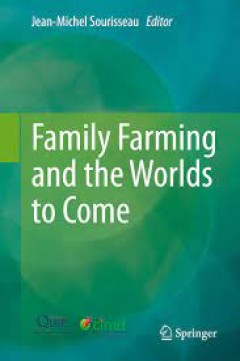
Family Farming and the Worlds to Come
What is family farming? How can it help meet the challenges confronting the world? How can it contribute to a sustainable and more equitable development? Not only is family farming the predominant form of agriculture around the world, especially so in developing countries, it is also the agriculture of the future. By declaring 2014 the “International Year of Family Farming,” the United Nati…
- Edition
- -
- ISBN/ISSN
- 978-94-017-9358-2
- Collation
- X, 361
- Series Title
- -
- Call Number
- -
 Computer Science, Information & General Works
Computer Science, Information & General Works  Philosophy & Psychology
Philosophy & Psychology  Religion
Religion  Social Sciences
Social Sciences  Language
Language  Pure Science
Pure Science  Applied Sciences
Applied Sciences  Art & Recreation
Art & Recreation  Literature
Literature  History & Geography
History & Geography